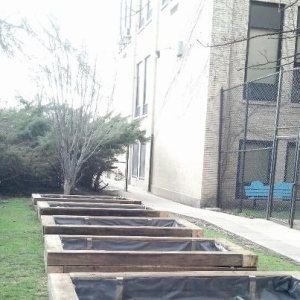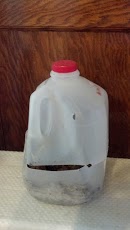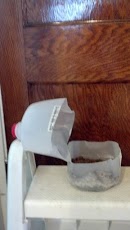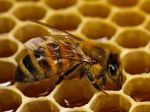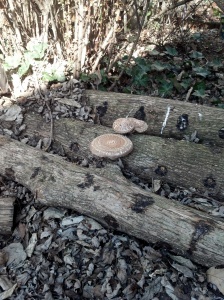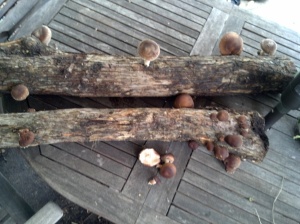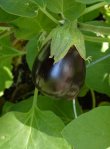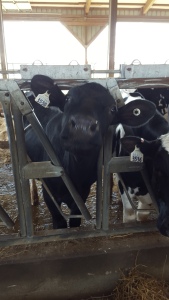 As a cheese maker, a mom, a consumer and a 2015 Illinois Farm Family City Mom, I was delighted to be invited to tour the Dean Foods and one of their suppliers, Lindale Holesteins’, a local, family owned Dairy Farm.
As a cheese maker, a mom, a consumer and a 2015 Illinois Farm Family City Mom, I was delighted to be invited to tour the Dean Foods and one of their suppliers, Lindale Holesteins’, a local, family owned Dairy Farm.
The Lindale Farm is located about an hour and a half from my home outside Chicago. It is amazing how quickly city life and strip malls are replaced by rolling fields and livestock. The farm is beautiful and looks just like you wish all farms would look. There is no sign of factory farming here. The animals are in open air pens with plenty of room to move around and bedding deep enough to lose little boy blue. The animals are let out to pasture twice a day, and they looked pretty content cozying up to each other. Children and dogs are running around and most of the family is involved in the operation. There is also a veterinarian on staff that manages the feed and health of the animals.
The actual milking takes place twice a day and it takes 3 1/2 hours each time. That is 7 hours a day, 365 days a year. What a responsibility! Although they have state of the art milking equipment, it is still a hands on operation. The cows are led into the milking parlour. Their udders are cleaned by hand and they are then hooked up to the pump. Once the flow subsides, the pump automatically disconnects from the udders and the cows are sent back out of the parlour. The milk is stored in tanks and never touches human hands or the air. Once it gets to Dean’s, it will be pasteurized.
This visit to a family owned dairy farm was wonderful. The animals are treated well and the family takes pride in providing our community clean, safe milk.

